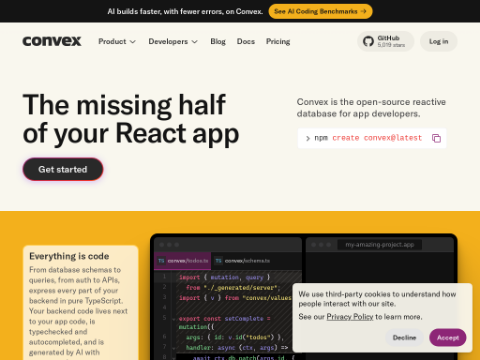Marc Raibert, the founder of Boston Dynamics, was interviewed by media at the Dassault Systèmes 3DEXPERIENCE World conference held in Houston, USA. During the interview, he revealed an impressive piece of news: Boston Dynamics' AI Institute has purchased robots from the Chinese robotics innovator Unitree Robotics to conduct comprehensive capability testing.
Boston Dynamics not only acquired Unitree's humanoid robots but also several smaller models. Raibert stated, "Despite being competitors, we are still willing to buy and study these products to understand their functionalities and performance."
This procurement initiative stems from Raibert's experiences during the World Artificial Intelligence Conference (WAIC) in Shanghai last summer. At the event, Unitree showcased 27 humanoid robots, leaving a deep impression on him. Raibert recalled, "It was my first visit to China, and I had the opportunity to engage in in-depth discussions with Unitree's CEO. I believe they have achieved remarkable success in the field of robotics."
Additionally, Raibert highlighted the wave of AI innovation led by DeepSeek in China. He commented, "I am delighted to see innovative companies like DeepSeek emerging in China. However, this is just the beginning. The entire AI field is still evolving, and we are far from reaching the end; more groundbreaking ideas will continue to emerge."
Regarding artificial general intelligence (AGI), Raibert shared his insights. He believes that both hardware and software development are crucial in building AGI. However, he also admitted that predicting when AGI will be realized is "complex and difficult," with some elements of hype involved. "Intelligence has multiple dimensions, and I think machines have a long way to go before achieving full intelligence. Additionally, ethical and regulatory issues come into play, making it challenging to accurately predict when AGI will truly arrive."
Before the advent of AGI, Raibert emphasized the need for researchers, regulators, and enterprises to work together to address the numerous challenges in the AI field and find a balance. For instance, large language models often generate "hallucinations," and companies are actively seeking solutions to this problem.








